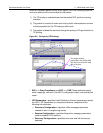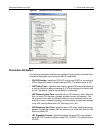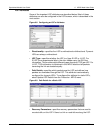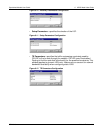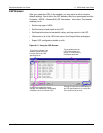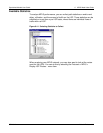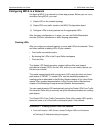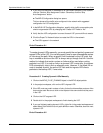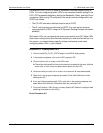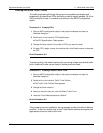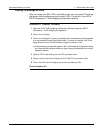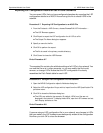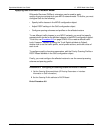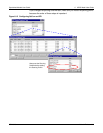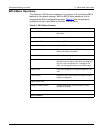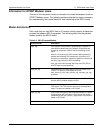
Specialized Models User Guide 6 MPLS Model User Guide
Modeler/Release 10.0 SPM-6-15
Constrained OSPF (CSPF) is used to implement constraint-based routing of
LSPs. You can configure dynamic LSPs to use constraint-based routing in the
LSP’s TE Parameters attribute by setting the Bandwidth, Delay, and Hop Count
constraints. When using TE constraints, the model must be configured to use
(CSPF) as follows:
• The CR-LDP simulation attribute must be set to CSPF
• The IP routing protocol must be set to OSPF (You can set the dynamic
routing protocol to OSPF using the IP Dynamic Routing Protocol simulation
attribute.)
With static LSPs, you can specify the exact route used by the LSP. Static LSPs
allow more routing control, but offer less resiliency to node and link failures. For
this reason, you should always specify at least one backup route when
configuring static LSPs in your network.
Procedure 6-3 Creating Static LSPs
1 Click on the MPLS_E-LSP_STATIC object in the MPLS object palette.
2 In the project workspace, click on the LSP’s ingress LER.
3 Click on the next link or router in the LSPs route.
➥ The tooltips indicate which links and routers can be added to the route. Hold the
cursor over a link or router for details about adding it to the LSP.
4 Continue clicking on each link or router in the route until all have been added.
5 Right-click in the project workspace and select Finish Path Definition to finish
drawing the LSP.
6 If you are finished creating static LSPs, right-click in the project workspace and
select Abort Path Definition. Otherwise, draw the next static LSP.
7 From the Protocols > MPLS menu, choose Update LSP Details to configure label
switching information on the LSP(s).
End of Procedure 6-3



